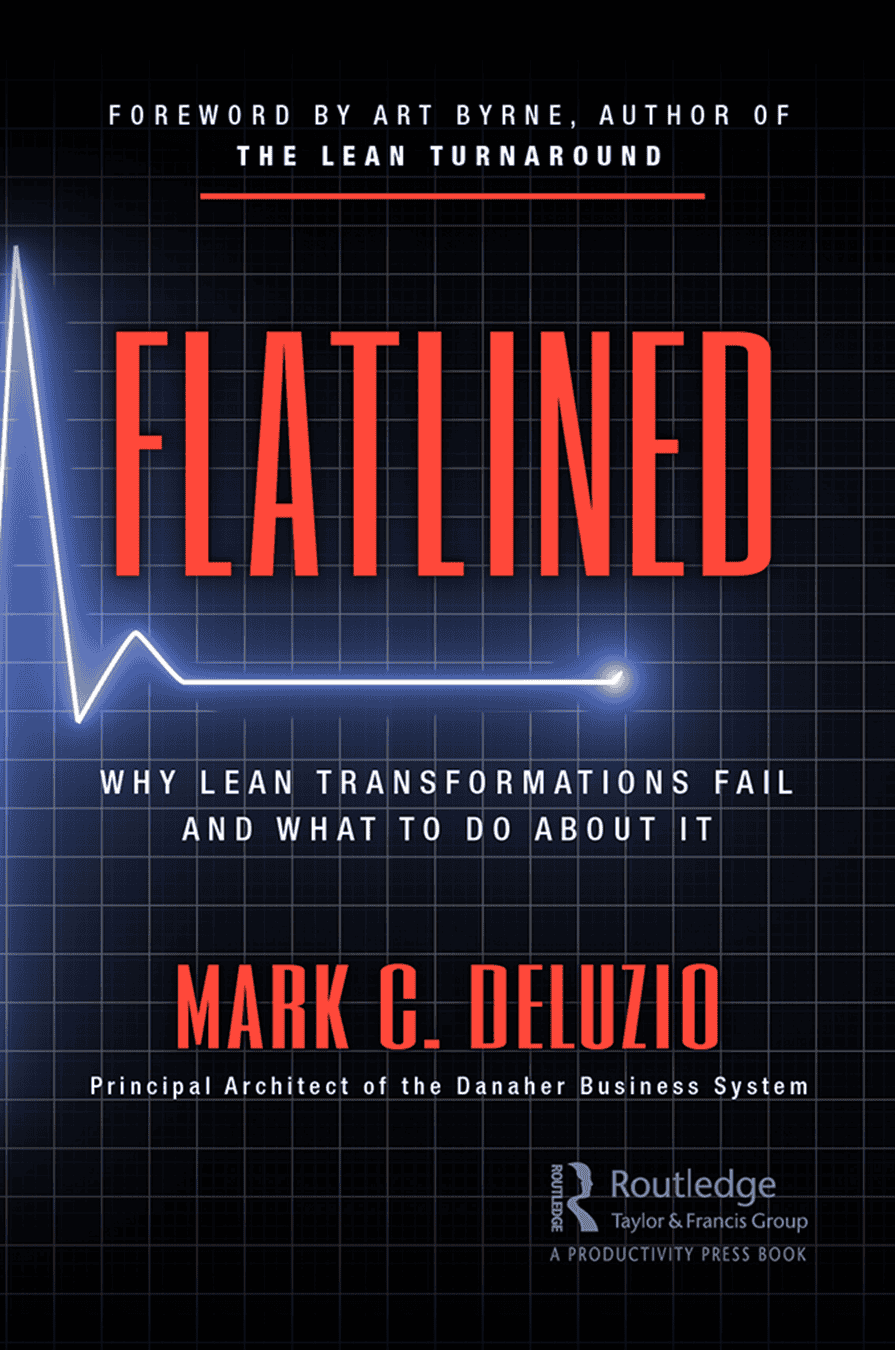
Utilizing Lean in administrative processes is usually a tougher assignment than applying Lean on the shop floor. First of all, administrative processes are typically invisible. Transactions may lie deep within a database. Determining the proper work sequence for each operator may be counter intuitive to many. Implementing flow may require a total re-engineering of the process, which is a tougher sell than the plant floor Lean.
Many companies attempt to use traditional shop floor tools within an administrative environment. This is usually met with resistance. Administrative Lean tools need to be customized to the office environment. For example, Value Stream Mapping may take on two forms: transactional vs. non-transactional. In the transactional environment you will find a “value object” (i.e. a document, application, purchase order, etc.). Some administrative processes, such as closing the books or new product development, present challenges when trying to calculate lead time on a Value Stream Map, since there is no value object. Rather, non-transactional value streams reveal many activities and processes that occur simultaneously. It is important for companies to recognize this difference and use customized tools to fit the situation.
I would be interested in your approach to these issues. Are you applying Lean to the office? What have been your successes and challenges?

